
Home-Grown School Feeding: How Zambia is Turning the Page
Blog by Francis Mwanza, Fellow of the Royal Society of Arts (FRSA) and Senior Advisor for Heritage Crops at the Global Child Nutrition Foundation (GCNF)
The 2026 Global Child Nutrition Forum will be hosted in Lusaka, Zambia — a country that’s turning the page in home-grown school feeding. Zambia’s program is not only ensuring that children start each day nourished and ready to learn, but it’s also empowering local farmers, uplifting women, and preserving the nation’s agricultural heritage. With government support and a growing emphasis on nutrient-rich indigenous crops, Zambia stands as a model for how school meal programs can drive both better nutrition and more resilient food systems.
In many low-income countries, too many children still begin their school day on an empty stomach – a child’s quadruple threat to learning, growth, health, and long-term opportunity. It is not just a missed meal; it is a missed chance for a better future.
For decades, school feeding programmes relied heavily on international donors, food aid and in-country centralised supply chains. With shrinking aid budgets, the tide is turning, proving to be challenging and promising at the same time. How promising things pan out is dependent on how governments, communities, donors, and the private sector respond to the challenges.

School feeding programmes, by and large, are the most extensive social safety net in the world, benefitting at least 407 million children globally according to the Global Survey of School Meal Programs. Thus, a huge market potential for helping to rapidly transform food systems, particularly in Africa and promote better nutrition especially for learners. Food systems whose focus should be tilted towards food quality rather than quantity, read healthier diets. Read further, fortified or wholegrains like sorghum, millet, teff, fonio and native rice. Read further, biofortified crops like vitamin A orange maize, iron beans and orange sweet potato; nutrient-dense indigenous leafy and fruit vegetables like amaranth, moringa, black jack, hibiscus, okra, garden egg and African nightshade; fruits like baobab, tamarind; legumes like cowpeas, bambara nuts, lablab, and pigeon peas; and tubers like taro, yam, and coco yam.
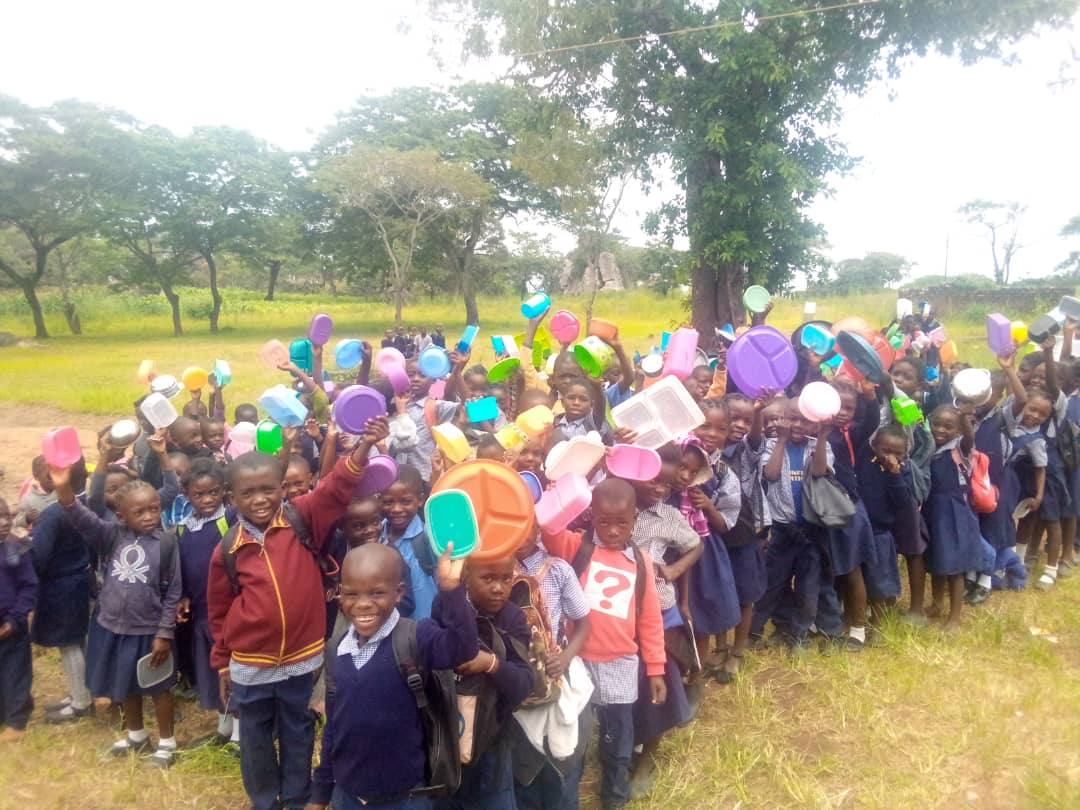
Home-Grown School Feeding as A Movement in Zambia
A movement in school feeding, in a manner of speaking, is gaining ground. A movement that moves away from imported and donated commodities. A movement that puts local farmers, local food (especially neglected or underutilized, often climate-resilient and micronutrient-rich species) and local communities at the centre of the solution. This movement also calls for increased private sector involvement.
Welcome to Home-Grown School Feeding (HGSF) – and Zambia is making big strides, shifting to local solutions to keep school feeding running. Zambia has been challenged to do more on its own. The government is helping to fund and run the programme, despite competing demands and limited resources. Zambia has reinforced its support for HGSF through national guidelines for School Health and Nutrition, underscoring the role of HGSF as both a nutrition-sensitive and development-oriented intervention.
Zambia started its school feeding programme soon after independence in 1964, providing mainly milk and milk biscuits. That, however, ended with the economic downturn. It was restarted as part of the drought emergency response in 2003 with help from the World Food Programme (WFP). The government’s HGSF programme was launched in 2010, following the exit of WFP from funding school feeding in the country. The programme dovetails with both the African Union’s and the World Food Programme’s vision for nationally owned school feeding.
Fast forward to today: the programme now reaches over 4 million children across 70 districts, with a bold goal to reach more than 6 million school-aged children nationwide. Speaking at the 2024 Global Child Nutrition Forum in Osaka, Japan, Zambia’s Minister of Education, Mr .Douglas Syakalima, reaffirmed this commitment.
But this isn’t just about feeding hungry learners. It is about driving school attendance, improving nutrition, especially with its inclusive school meal diversification initiative. It is also generating jobs and creating markets – particularly for smallholder farmers, local farm traders and women’s cooperatives.
Supporting Communities in Zambia through HGSF
For the country’s estimated 1.6 million smallholder farmers growing among others, indigenous leafy greens and fruit vegetables, having access to a relatively new and potentially huge market, is a huge boon. This was a market previously “denied” to them!
In Kazungula, southern Zambia, for example, women led cooperatives are given preference when it comes to supplying produce to schools. They are contracted to supply local commodities on a rotational basis, in an effort to encourage wider participation. And only locally freshly produced vegetables are supplied to schools.
The schools in the country are sourcing locally grown foods like maize, millet, sorghum, Bambara nuts, cowpeas, cassava, sweet potatoes and indigenous vegetables. In places like Chama, mothers also prepare the local nutritional beverage “tobwa”. Furthermore, the government is encouraging inclusion of edible insects (flying ants and caterpillars), baobab and tamarind juices, and “mabisi” (a traditionally fermented milk drink, much like kefir). These foods were once derided as poor man’s food. As well, schools are operating their own gardens, helping children connect with their food. But more heritage seeds need to be made available for such noble initiatives. Local foods are not only nutritious but also deeply rooted in local culture.
The implementation of HGSF in the country has been decentralized. This now enables schools to buy directly from nearby farmers and tailor school meals to regional tastes and seasonal foods. With implementation decentralized, the government’s focus has shifted to, largely, providing the overarching policy and financial framework.
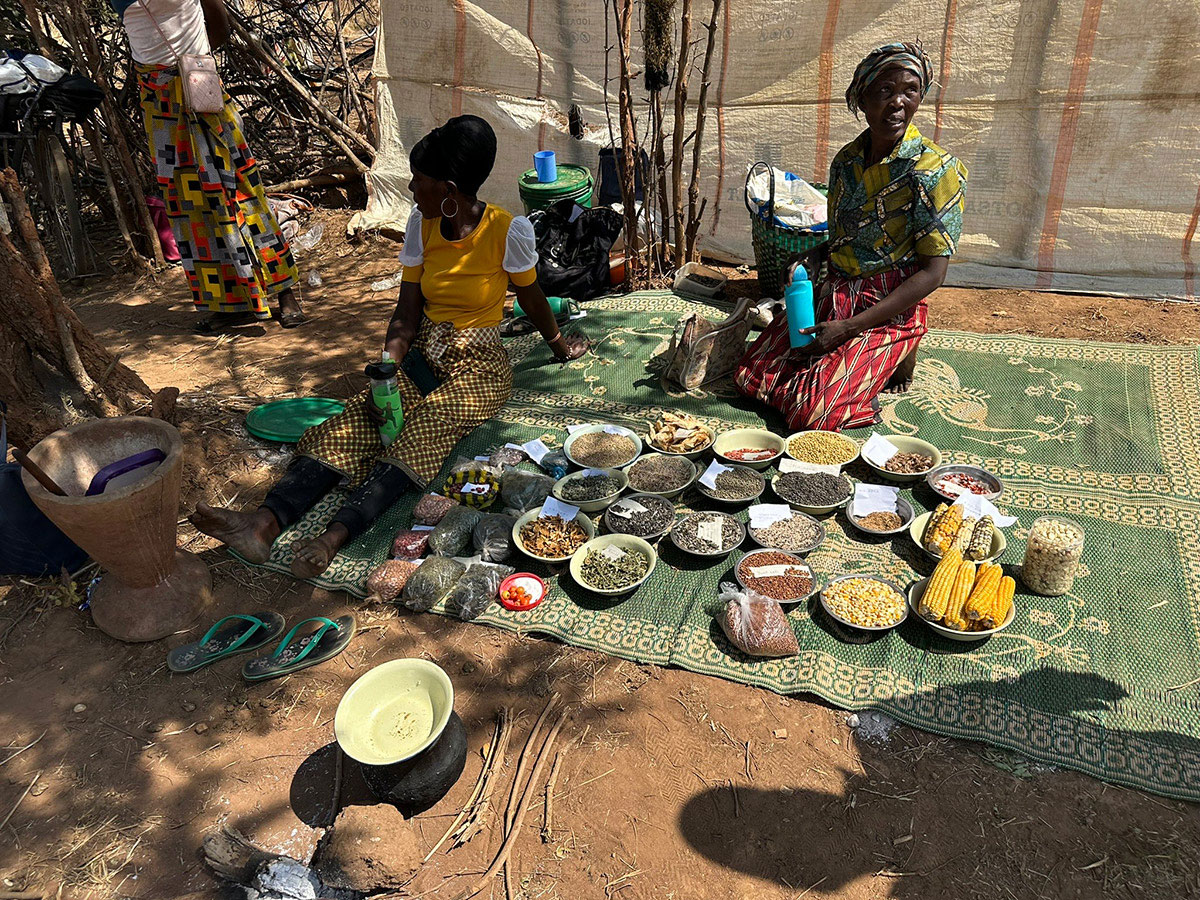
Zambia’s HGSF programme is also helping smallholder farmers adapt to climate change. With training in climate-smart agriculture (although limited in scope) farmers are encouraged to grow drought-resistant crops, use organic compost, and improve storage techniques. The government also plans to plant one million fruit trees through schools. This would help boost both nutrition and environmental sustainability, explained Mr. Syakalima.
There is also growing involvement from international organizations, local food processors and entrepreneurs in supporting value chain development connected to HGSF but formal integration in school menus is still making small baby steps. Much focus is on primary processing, fortification and production of locally sourced corn flour, soya based porridge and ready-to-eat noodles.
Partnering for Success, the Future of HGSF
Although the WFP is no longer funding school feeding in Zambia, it continues to provide technical support – particularly in relation to value chain development – by working with the Scaling Up Nutrition (SUN) Business Network and Village Savings and Lending Institutions. Key activities include establishing aggregation networks and promoting food preservation and processing methods, such as solar drying of sweet potatoes, vegetables, fruits, and tomatoes.
HarvestPlus, in partnership with Zambia’s Ministry of Agriculture and CGIAR Centres, is taking another step, promoting biofortified crops such as iron beans, vitamin-A maize, and orange sweet potatoes. However, production remains limited, which poses challenges for supplying schools.
“HarvestPlus’ vision is to scale up the production and consumption of biofortified crops. The strategy encourages smallholders to grow these crops and link with processors or strengthen processing capacity at community epicenters. It also fosters the creation and strengthening of market linkages through contracting arrangements, farmer cooperatives, aggregation points, and SMEs capable of supplying schools. This ‘demand pull’ is essential for motivating farmers to invest in biofortified crop production,” explains Luke Mugode from Harvest Plus.
Despite these efforts, many private sector companies struggle to produce at scale and at competitive costs for schools. Nevertheless, schools remain a promising and viable alternative market.
A key ingredient in Zambia’s HGSF success is improved coordination. The country has established multi-sectoral collaboration among the ministries of Education, Agriculture, and Health, along with local governments, NGOs, and the private sector. Through decentralised implementation, explained Ms. Malalu Mulundika, Director of School Feeding and Nutrition, districts, schools and local communities take a leading role in preparing and selecting local leafy greens, cereals, seasonal fruits (like mangoes and dried wild fruits) to provide to learners.
School feeding is fully embraced as a key element of its social safety net, an integral part of the nutritional agenda being driven out of the Office of Vice President. Its progress owes much to partnerships with NGOs and the private sector. Non-state actors can help amply national impact of school meals but only when they work in partnership and at scale.
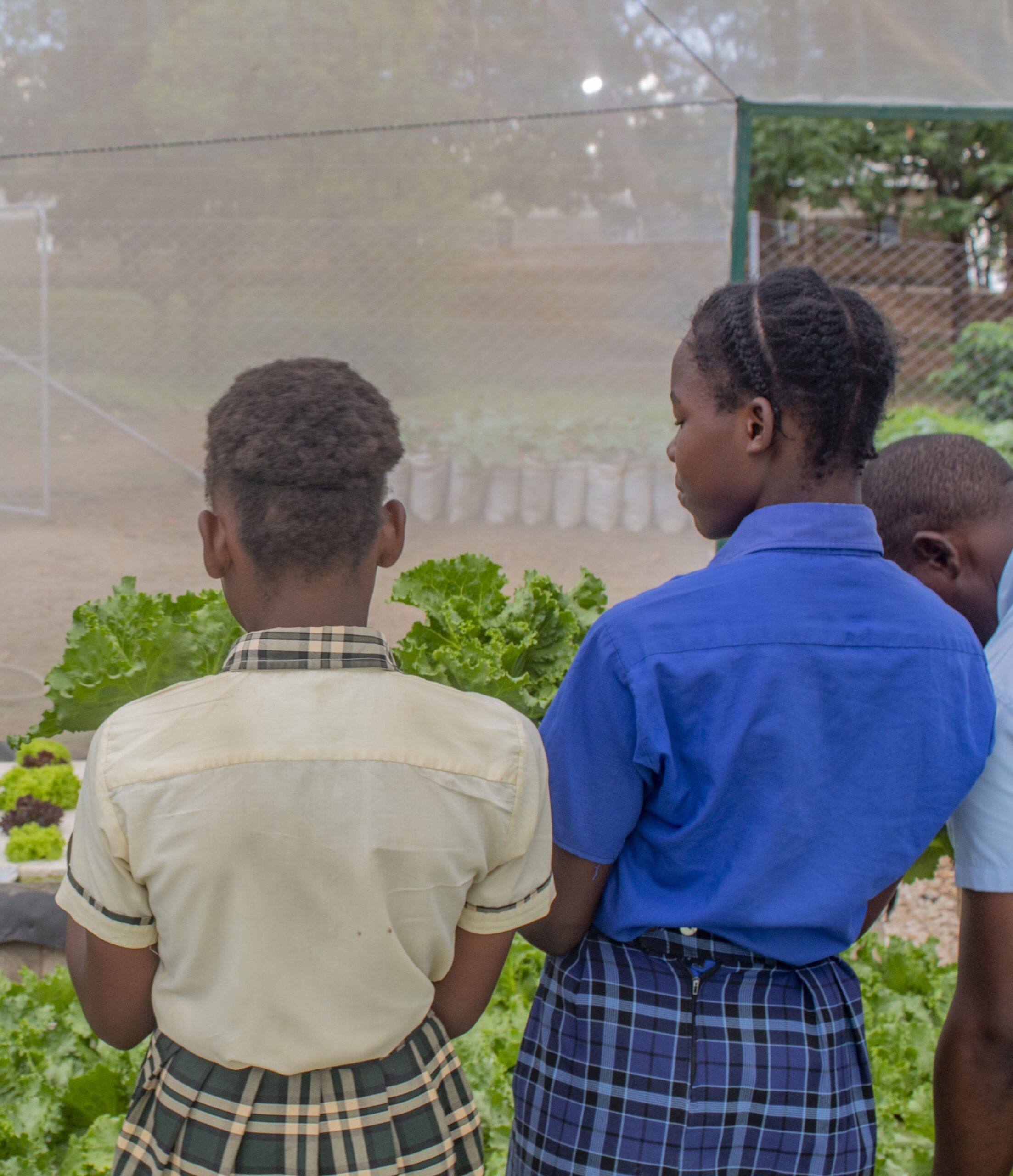
Mary’s Meals, a global charity with operations in neighboring countries like Malawi, delivers low-cost daily school meals of fortified maize and soya porridge to over 400,000 children in 11 districts of Eastern Province. The programme is volunteer based with local communities – mothers playing a vital role in preparing and serving the meals. And occasionally learners are required to help source firewood for cooking, a challenging task. Mary’s Meal’s support has proven critical in rural communities where food insecurity keeps many children out of school.
The private sector, including local extractive industries, is also playing an important role. First Quantum Minerals, through its Kansanshi Mining PLC’s foundation, is providing daily nutritious meals to around 7, 500 learners across 34 schools in Solwezi, according to the Solwezi District Education Office. The initiative serves a fortified porridge made from maize, sorghum, and soy – formulated to be high-energy and simple to prepare with just water or milk.
And Malabar Gold and Diamonds, one of the world’s largest jewelry retailers, has stepped in – as it started branching out to Africa with its CRS. Malabar Gold & Diamonds, through its Hunger Free World campaign, has committed to providing 3.6 million meals annually, feeding 10,000 children daily in three Lusaka primary schools (John Laing, Chingwele, Mambilima) starting in 2025. Their three-year, US$1 million investment includes fully equipped kitchens, shelter construction, and the hiring of 10 professional chefs – with meals also served during school holidays to pupils and their younger siblings, highly unusual in the country.
At the launch of the Malabar school feeding programme in the sprawling high-density compound called John Laing last April, Mr. Syakalima described the Malabar support as going “beyond feeding our learners – it is an investment in the next generation of leaders, innovators and nation builders”
Private sector actors can strengthen public programmes, although CRS-based commitments, more often than not, tend to have rather limited shelf life, for varying reasons.
Learnings and Looking Ahead
Zambia’s HGSF programme reflects a global trend.
The latest Global Survey of School Meal Programs reports that about 43 percent of HGSF programmes now include some form of farmer support, critical in enhancing their capacity to supply school meal programme.
Countries like Brazil and Colombia have gone a step further, mandating that school meals include food from local family farmers – supporting rural economies and improving nutrition through national laws.
But Zambia’s approach is relatively unique in its integration of climate action, gender empowerment, decentralised delivery, and cross-sector collaboration, including between ministries (education, agriculture, health) and local communities.
Of course, challenges remain. The country still faces funding shortfalls, delays or no deliveries of food commodities during off peak seasons in some regions, infrastructure limitations (especially kitchens, feeding shelters, storage, and cooking fuel), and data collection gaps that hinder planning and monitoring.
Yet there is a strong government commitment to try and make it sustainable. From parent-led school kitchens to classroom gardens, Zambia’s HGSF is growing into a replicable, scalable model.
HGSF is not just about food – it’s about dignity, opportunity, and long-term impact. Zambia shows that when farmers, families, schools, and partners work together, a school meal becomes more than nourishment – it becomes a catalyst for national development.
From soil to school, from policy to plate, Zambia is showing the world what is possible, as it turns the page on its home-grown school feeding.
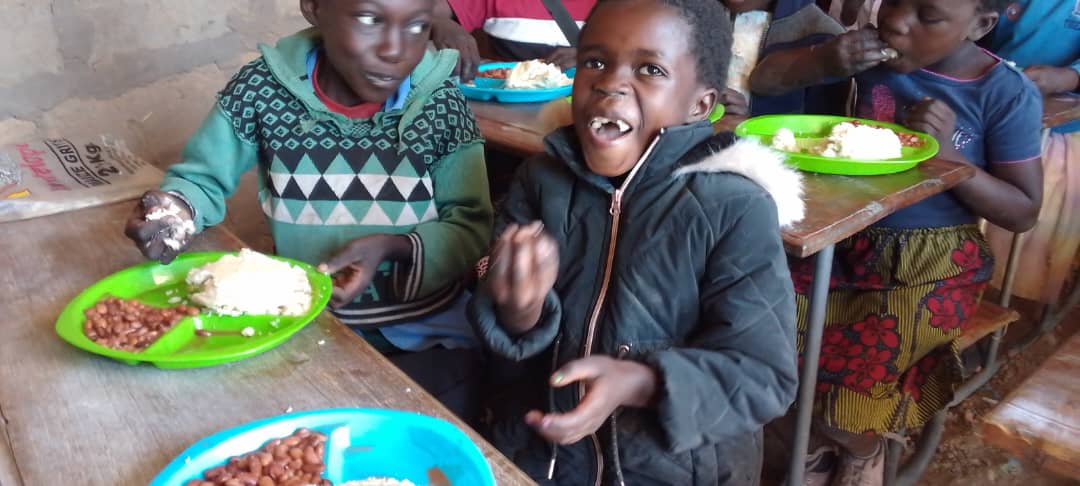
Zambia’s leadership in home-grown school feeding will take center stage as the country hosts the 2026 Global Child Nutrition Forum, bringing together government leaders, school meal practitioners, and public and private sector partners from around the world for technical learning, collaboration, and shared experiences to strengthen school meal programs globally.
For the latest information on attending or sponsoring the 2026 Global Child Nutrition Forum visit www.gcnf.org/events/forum
About the Author
Francis Mwanza is a Senior Advisor for Heritage Crops at the Global Child Nutrition Foundation (GCNF) and founder of the “Mwinimunda (Guardian of the Garden) Heritage Homestead Project” in Lusaka, Zambia, which strives to increase the availability of quality seeds of traditional varieties and introduce them to the younger generations through school meals. He formerly headed the UN World Food Programme (WFP)’s London office; and he is a Fellow of the Royal Society of Arts.



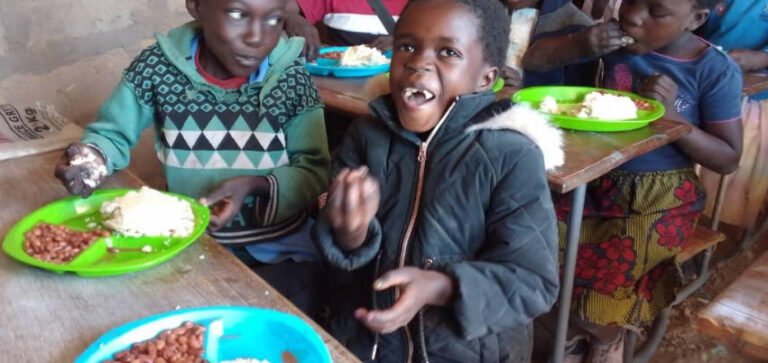


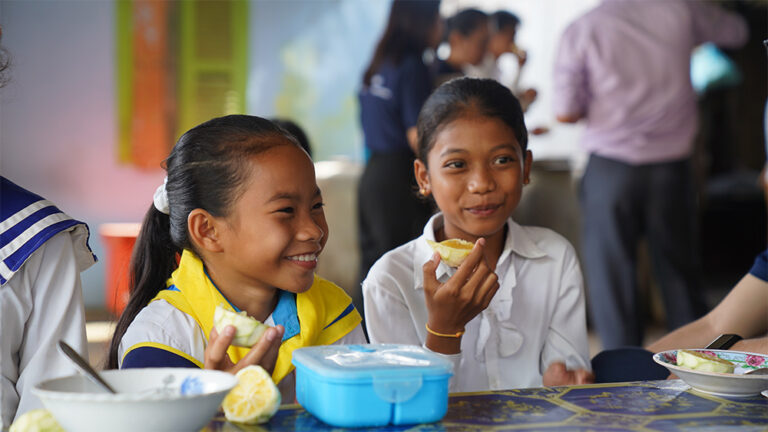
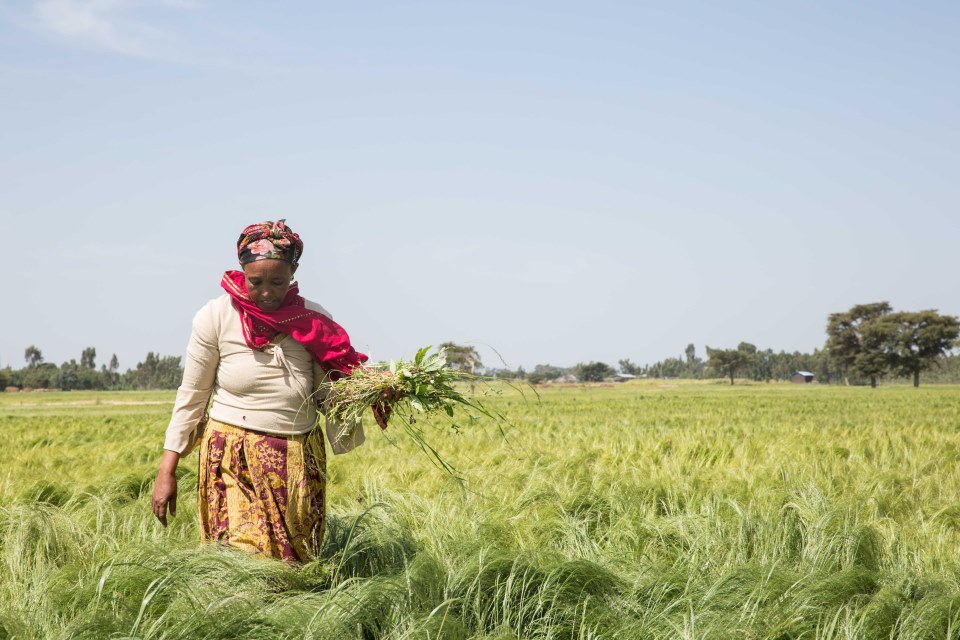
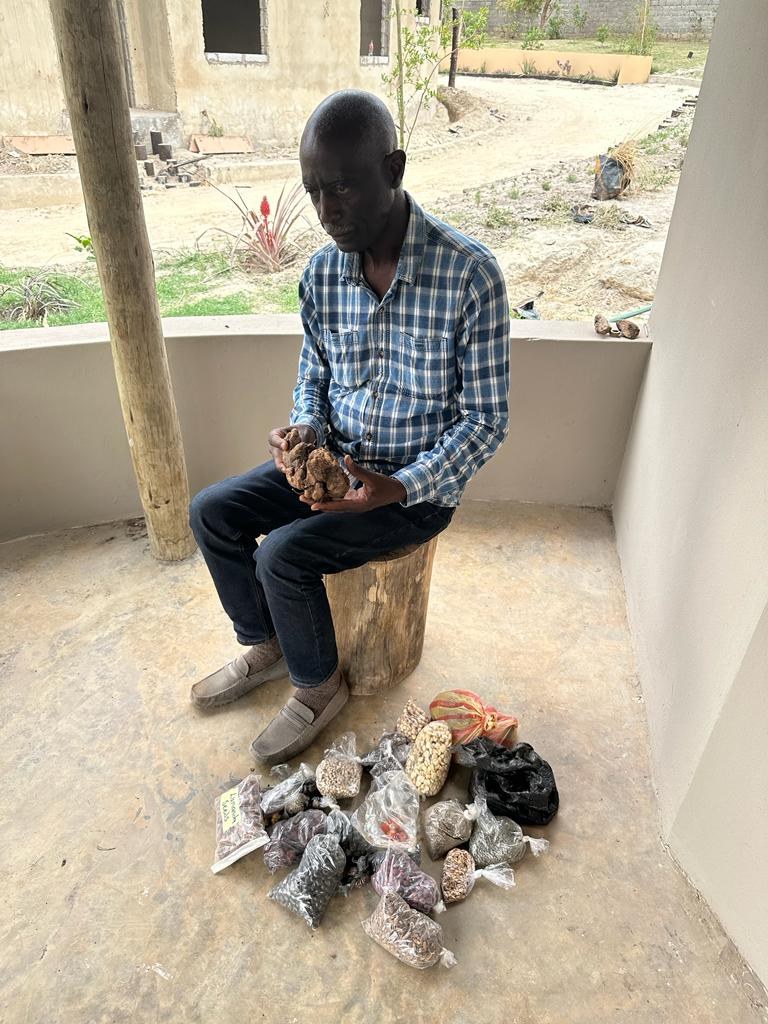
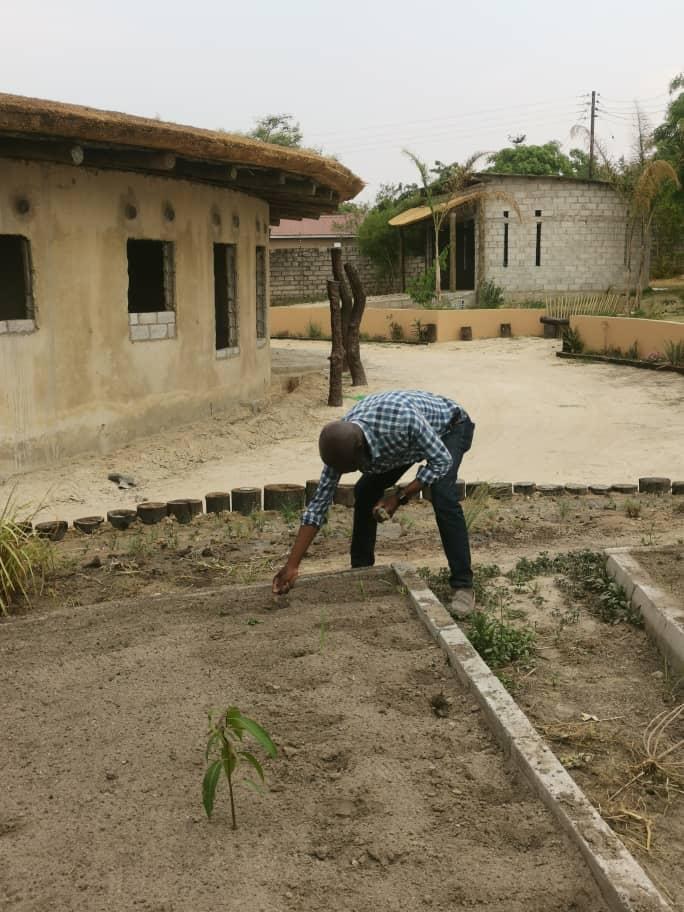
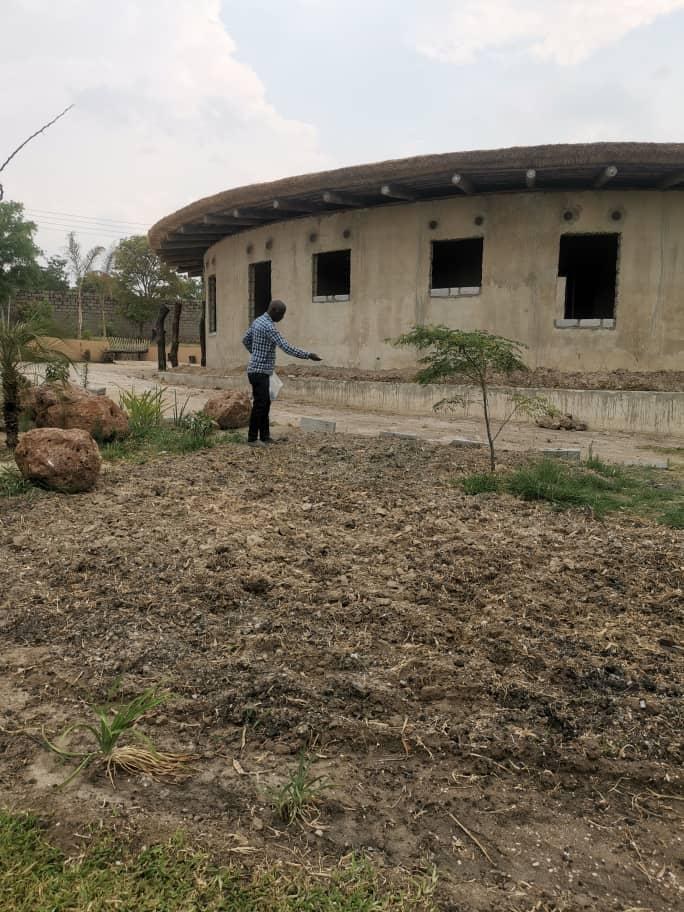
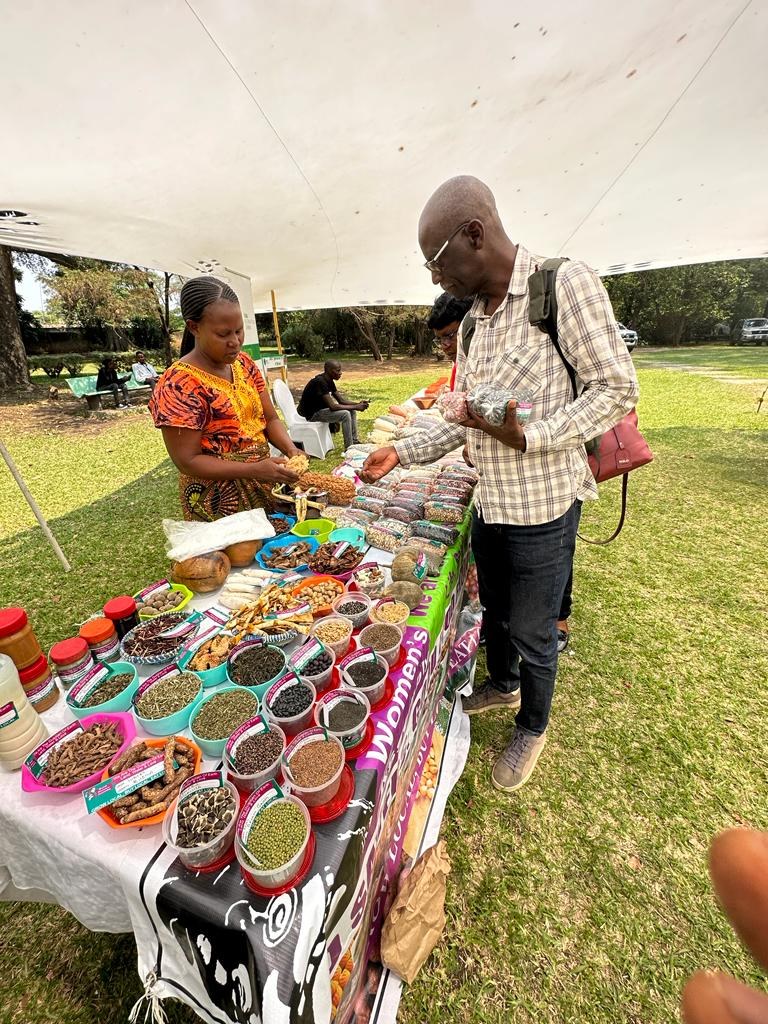
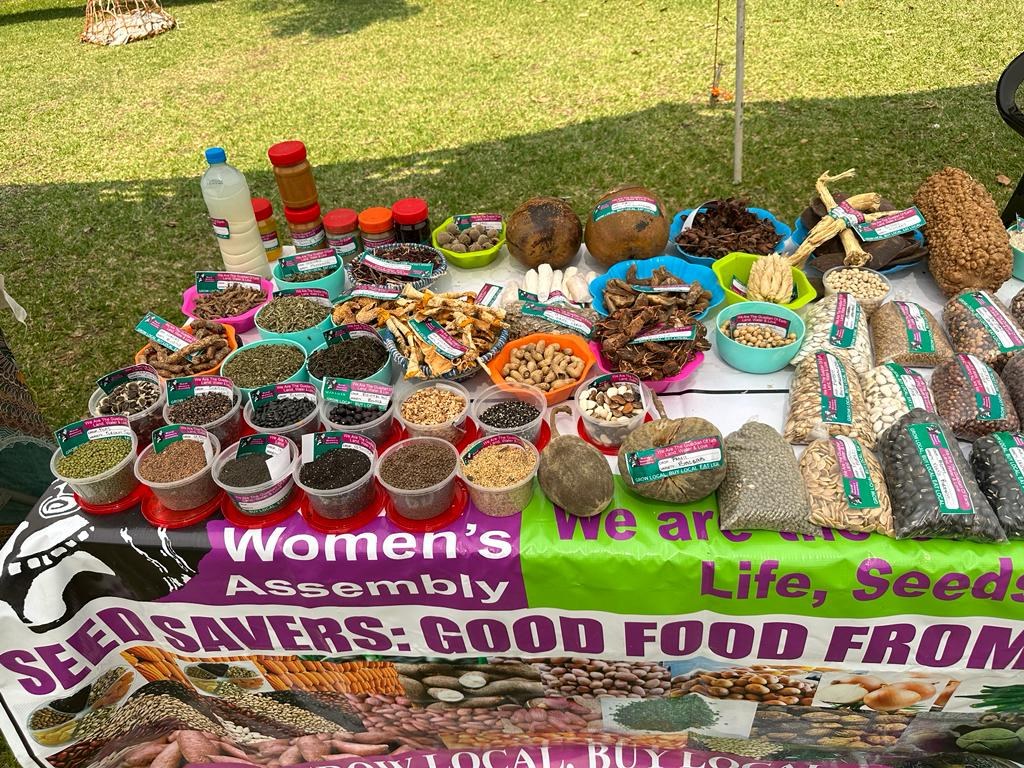
No comment yet, add your voice below!